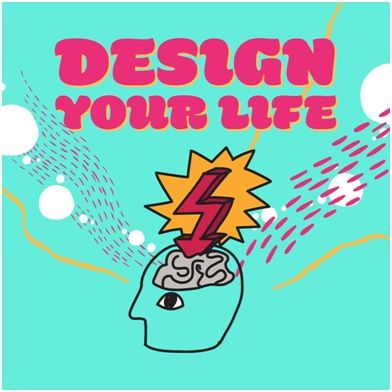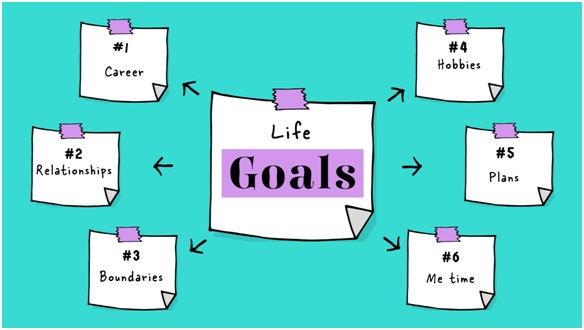A Coaching Model By Michelle Wiebach, Transformational Coach, UNITED STATES
What Are the Similarities Between Coaching and Design?
Design. The general meaning of design is to have a plan or idea for something created. I am a coach and a graphic designer. Throughout my design career, I have taken hundreds of images and concepts and transformed them into something better. Improvements to what it was before. This has taught me to practice creativity, patience, and shifting perspectives.
While learning as a coach and in sessions, I started to see similarities in design and coaching. In a coaching session, we take what the client shares with us and start exploring. The goal comes up and awareness builds. We explore and shift perspectives to make progress in the client’s goals. The same kind of process goes into creating a design, graphic, or art.
Questions come up like:
“What is important about this?”
“What needs to change?”
Something has to change or else the client wouldn’t be working with us. You work with what you have, even when it’s not ideal. It’s like the saying goes, “when life gives you lemons, make lemonade.” There are sessions where the coach works with the client to take their “lemons” and turn them into “lemonade.” The outcome is the goal they want in the session.
How to Use the Design Approach in Coaching
Turning something into lemonade is not always easy. No one ever said exploring and working on goals was easy. This is where the client-coach team and co-creation comes in. We, the coach, know that this is a process and need to allow the space for the client to come to that awareness on their own. It starts with the session goal and exploring what is having the goal come up for them. In the session, there is usually aware of what the client wants to do.
What the Awareness Brings Up
Through awareness, exploration, and questioning, we uncover self-limiting beliefs that are preventing the client from moving forward. A question to ask is:
“What’s stopping you from doing this on your own?”
“What will you have at the end of this session that you don’t have now?”
As the coach, we know that it’s always the client who has the answer. They have to acknowledge the awareness to uncover their mental blocks.
Observations and Powerful Questioning
There is as much said that is unsaid. The observations and details coaches see our clients do is crucial to take note of. The long pauses, the furrowed brows, eyes that look up or down. These are all observations we can use to ask clients what is coming up for them. What popped up for you at that moment?
Coaches listen to their intuition by asking questions and using direct communication. Point out observations we can use to allow the client to listen and reflect. The reflection allows the client to notice this new awareness.
Challenge by Questioning Limiting Self Beliefs
Most of the time the client doesn’t know what they are saying is a limiting self-belief. This is when the coach needs to ask those questions to have them reflect on what they are saying.
Questions like:
“What is telling you that X is true?”
“How do you know [insert limiting belief]?”
The challenge has them reflect on what they said. Another important part for coaches to practice is listening to their intuition. The client wants to achieve the goal because it is important. What does that look like for them? Are things aligning for them? Or does something seem off? Ask about it.
How else will the client hear what they are saying if we don’t ask? This can be a key point in the session. It’s an opportunity to bring in a power tool. Challenge some perspectives.
Visualize the Goal, Create a Design Plan
It all resolves with the action steps. What is the client going to do to achieve these goals? What are some things they can start today to get the results they want?
Sometimes for people, it is a strategy, a new habit, or any number of things, as long as it takes the client into action. The only way this will happen is if the client believes this. Can we observe and see if they will take action on their very own awareness? In these times it could help to work through a visualization. Here is a short example of how to approach this:
First, you want to bring the client into a scenario that they imagined.
Coach: Imagine your life five years from now. What does that look like?
Client: Shares thoughts and insights
Coach: What are you doing differently?
Coach: (Here you want to ask about observations) What feelings are coming up for you? What can you do to stay on this path? How realistic does this sound to you?
The visual can help assist the client in seeing what their life could look like. It helps to motivate them to stick with the actions discussed in the session. These are the elements that fuel the design of their life. The client is the one making those actions and taking the learnings into their life. They are designing what it is to them. They become empowered to move forward with what they want and envision their life being.
We are there for the structure and support to help them move forward.
Learn How to Create Your Own Coaching Model
Your Coaching Model reflects your values,
philosophies and beliefs and must communicate who you will coach
and the problems you will solve. Read more about creating your coaching model

